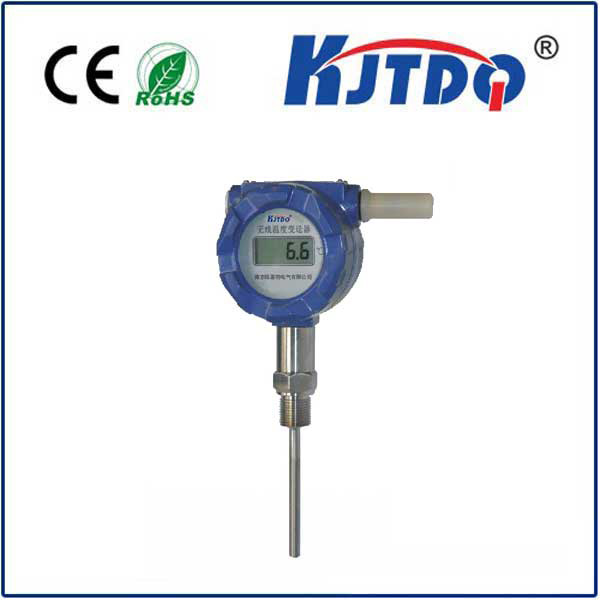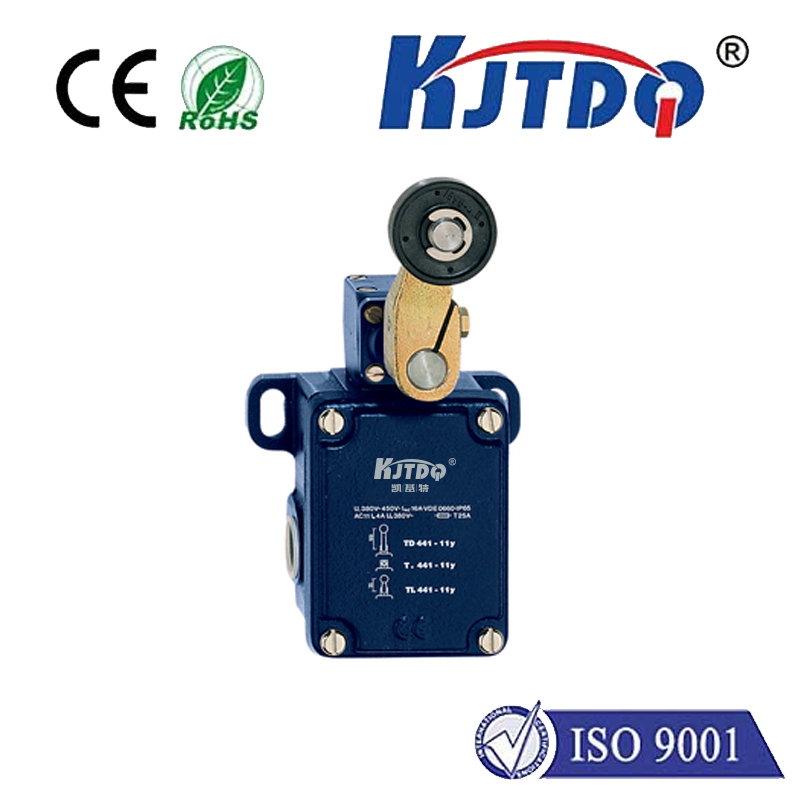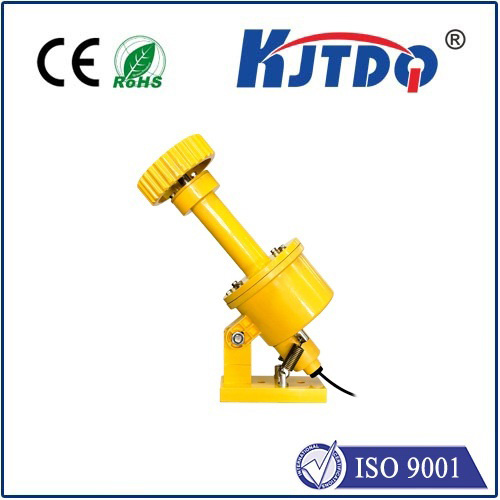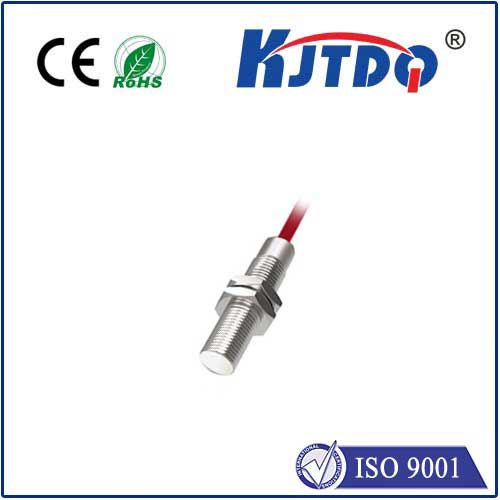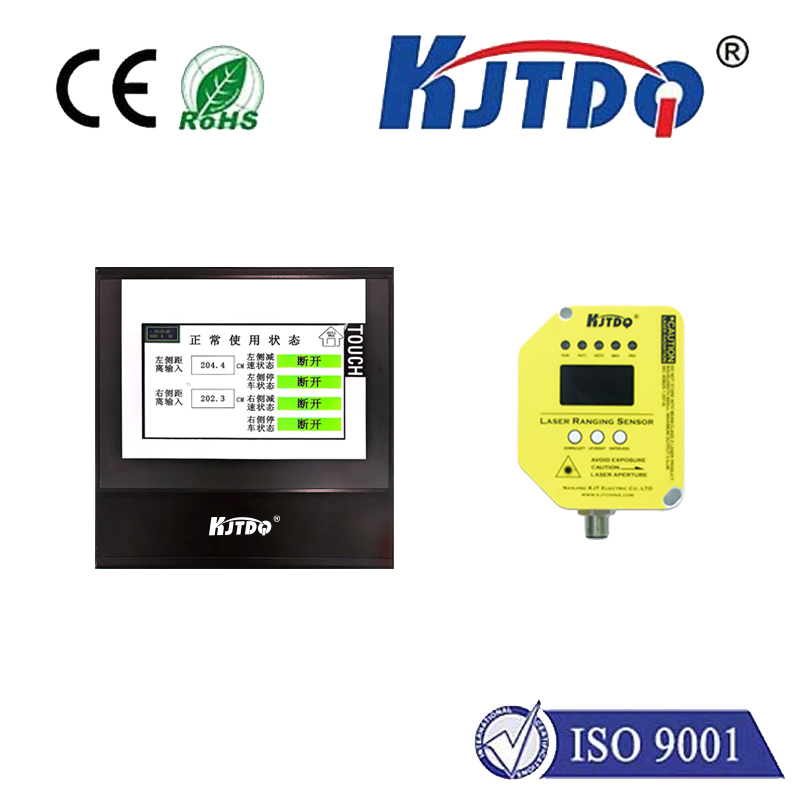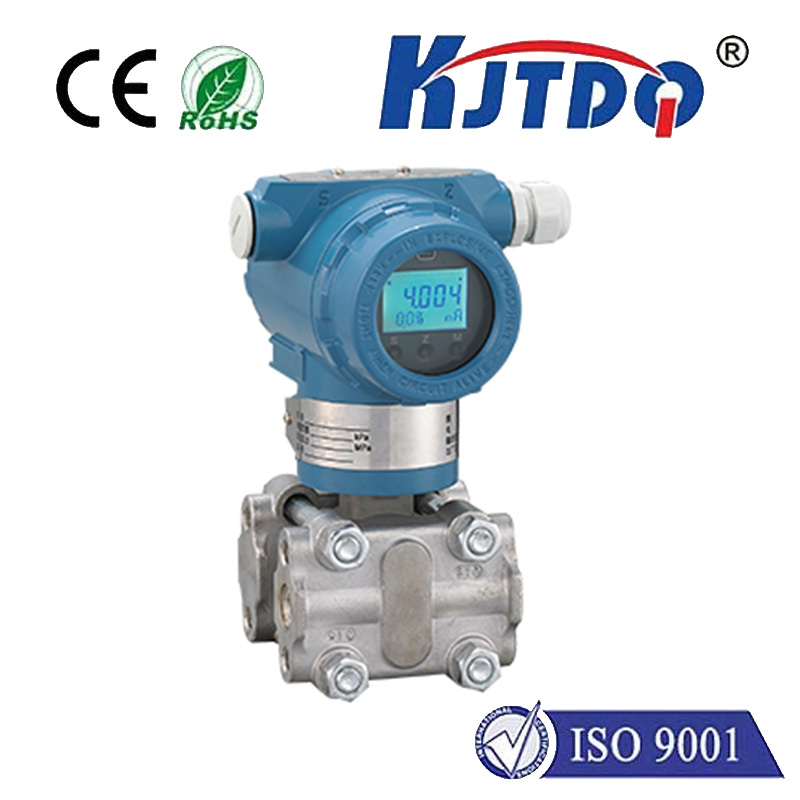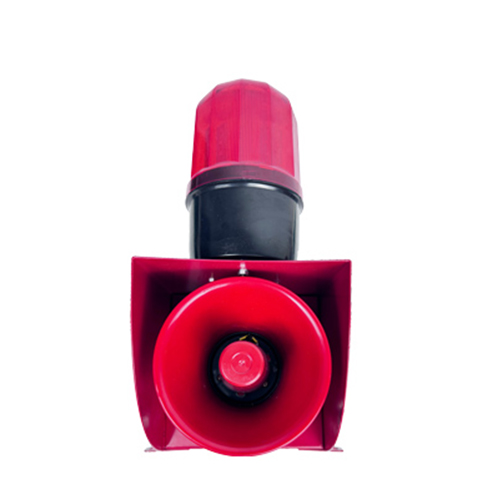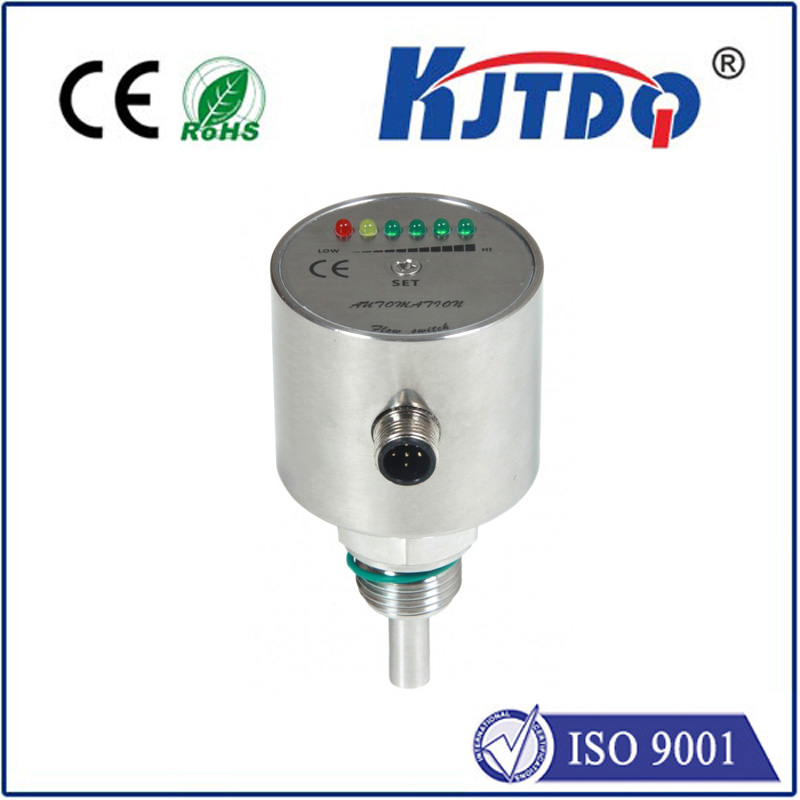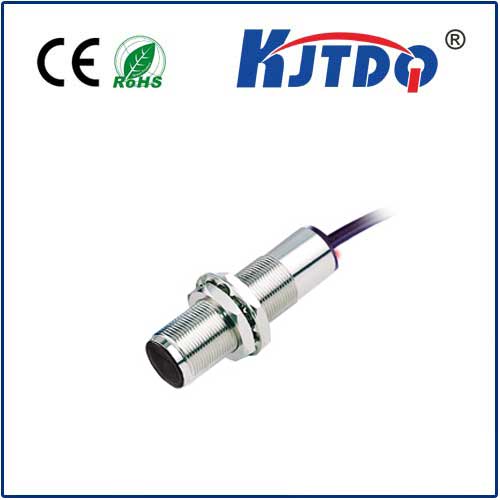iecex limit switches
- time:2025-08-04 13:11:48
- Click:0
IECEx Limit Switches: Guaranteeing Safety and Control in Explosive Atmospheres
Imagine the constant hum of a petrol refinery, the meticulous processes within a pharmaceutical cleanroom handling volatile powders, or the gritty environment of a coal mine. These are just a few examples of hazardous locations where the smallest spark can trigger catastrophic explosions. In these critical environments, standard electrical equipment is an unacceptable risk. This is where IECEx limit switches step into the spotlight – not merely as position sensors, but as vital guardians of safety, reliability, and operational continuity. Understanding their role is paramount for engineers and safety professionals operating where flammable gases, vapours, or combustible dusts are present.
Decoding the Hazard: The Imperative for Specialized Equipment
Hazardous areas (often classified under systems like the IECEx scheme or ATEX directives within Europe) are defined by the potential presence of explosive atmospheres. These atmospheres form when flammable substances mix with air in concentrations that can ignite given a sufficient ignition source. Common ignition sources include electrical arcs, sparks, or even hot surfaces generated during normal equipment operation or fault conditions. Standard electrical switches and components are not designed to contain or prevent such ignition sources, making them intrinsically unsafe for these zones.
The IECEx Standard: A Global Benchmark for Safety
The IECEx System (International Electrotechnical Commission System for Certification to Standards Relating to Equipment for Use in Explosive Atmospheres) provides a rigorous, globally recognized framework for certifying equipment intended for use in explosive environments. An IECEx certificate signifies that a piece of equipment, such as a limit switch, has undergone extensive testing and assessment to confirm it meets stringent international safety standards (primarily the IEC 60079 series). This certification is crucial for:

- Global Market Access: Simplifies compliance and acceptance across many countries, reducing trade barriers.
- Assured Safety: Provides independent verification that the equipment is designed and manufactured to prevent ignition in its intended hazardous area.
- Risk Mitigation: Significantly lowers the risk of explosions caused by electrical equipment failures.
IECEx Limit Switches: Engineered for Extreme Environments
So, what makes an IECEx limit switch fundamentally different from its standard counterpart? It’s not just about detecting position; it’s about doing so safely within a hazardous area. Key design features mandated by the IECEx certification include:
- Explosion-Proof Enclosures (Flameproof - Ex d): These robust housings are engineered to contain any internal explosion that might occur (e.g., from a switch contact arcing) and prevent it from igniting the surrounding explosive atmosphere. They cool escaping gases and withstand significant internal pressure.
- Increased Safety (Ex e): Focuses on providing extra security against the possibility of excessive temperatures, sparks, or arcs occurring outside the enclosure during normal operation. This involves enhanced insulation, secure terminal connections, and increased creepage/clearance distances.
- Intrinsically Safe Circuits (Ex i): This technique limits the electrical energy (both voltage and current) within the switch circuit to levels below what is required to ignite the specific hazardous atmosphere. This applies energy limitation to both the switch itself and the connected control wiring within the hazardous zone.
- Encapsulation (Ex m): Seals potential ignition sources, like switch contacts, within a compound that prevents contact with the explosive atmosphere.
- Ruggedized Construction: Beyond explosion protection, IECEx limit switches are built to withstand harsh industrial environments – featuring corrosion-resistant materials (stainless steel, robust plastics), high ingress protection (IP66/IP67 or higher), and resistance to vibration, impacts, and extreme temperatures.
- Specialized Actuators: Designed to function reliably even when exposed to dirt, grime, or process materials common in industries like mining or chemical processing.
Where Safety is Non-Negotiable: Key Applications
The application of IECEx limit switches is vast wherever explosive atmospheres are a possibility:
- Oil & Gas Industry: On offshore platforms, refineries, pipelines for valve position indication, tank level control, safety interlocks on pumps and compressors.
- Chemical & Pharmaceutical Processing: Monitoring agitators, reactor vessel lids, conveyor positions, and powder handling systems where solvents or combustible dusts are present.
- Mining (Coal & Hard Rock): Conveyor belt alignment, crusher positioning, ventilation door status, and equipment travel limits deep underground.
- Grain Handling & Milling: Elevators, silos, and conveyors handling combustible grain dust.
- Paint & Coating Facilities: Monitoring ventilation systems and equipment within spray booths.
- Wastewater Treatment: Monitoring equipment in areas prone to biogas (methane) build-up.
Selecting and Maintaining IECEx Limit Switches: Critical Considerations
Choosing the right IECEx limit switch involves more than just the position sensing requirement. Key factors include:
- Hazardous Area Classification: Precisely matching the switch’s protection type (Ex d, Ex e, Ex i, Ex m, or combinations) and temperature class (T-rating) to the zone (Zone 0, 1, 2, 20, 21, 22) and the specific gases/dusts present is absolutely critical.
- Environmental Conditions: Consider temperature range, humidity, chemical exposure, potential for water ingress, and mechanical stress (shock, vibration).
- Electrical Specifications: Required voltage/current rating, contact configuration (NO/NC), and switching capacity.
- Actuator Type & Duty Cycle: Lever, roller, plunger, or rotary style, and the expected frequency of operation.
- Certification Validity: Ensure the switch carries valid, up-to-date IECEx certification marks relevant to the target market. Look for the official IECEx Certificate of Conformity (CoC).
Proper installation, performed by qualified personnel following the certification documentation and local regulations (which often incorporate or reference IECEx principles), is paramount. Maintenance should follow the manufacturer’s guidelines and involve periodic inspections to ensure enclosures remain intact, actuators operate freely, and seals are uncompromised – all vital for maintaining the intrinsic safety or explosion containment properties.
Beyond Compliance: The Value Proposition
While compliance with regulations like those underpinning the IECEx system






